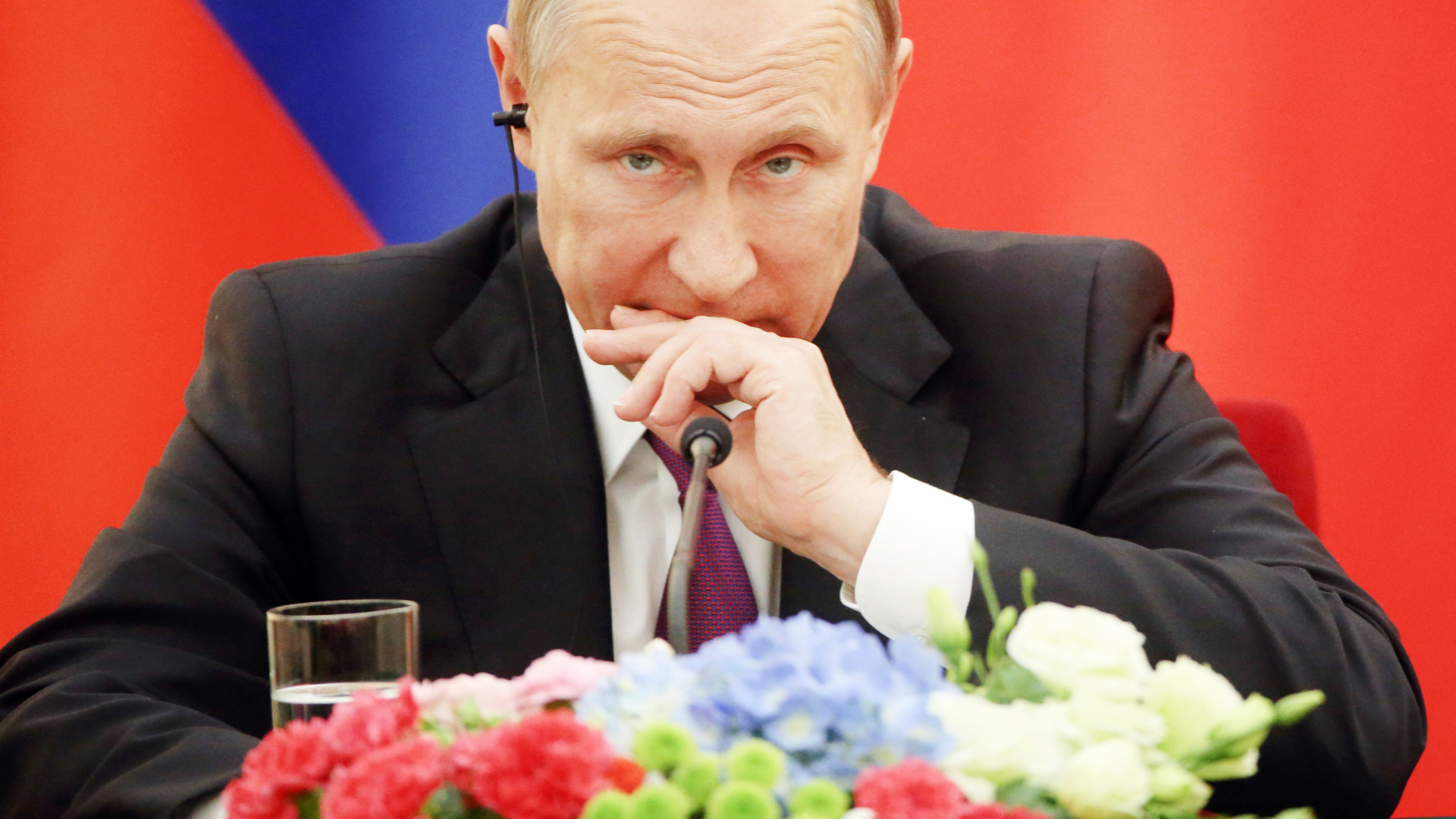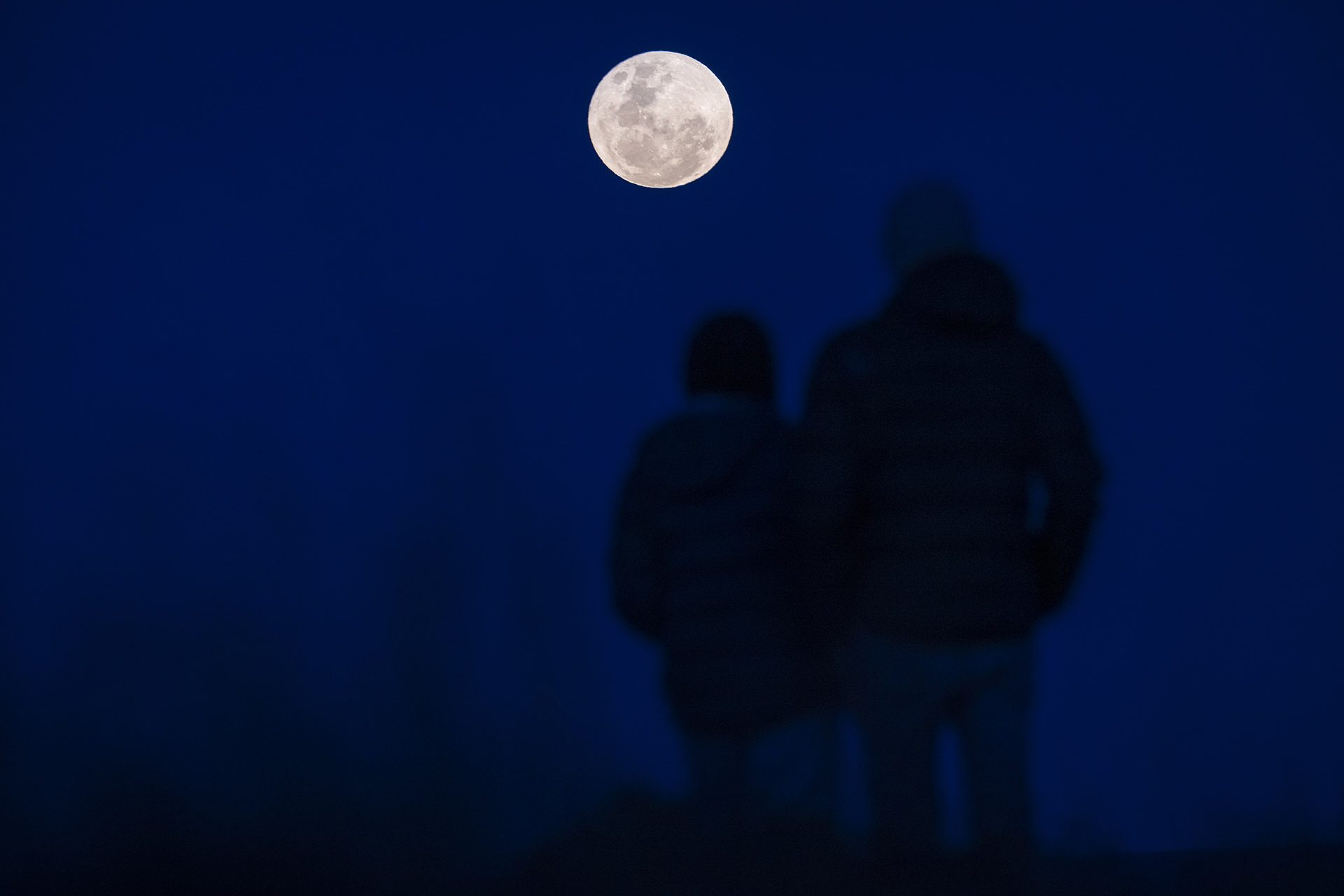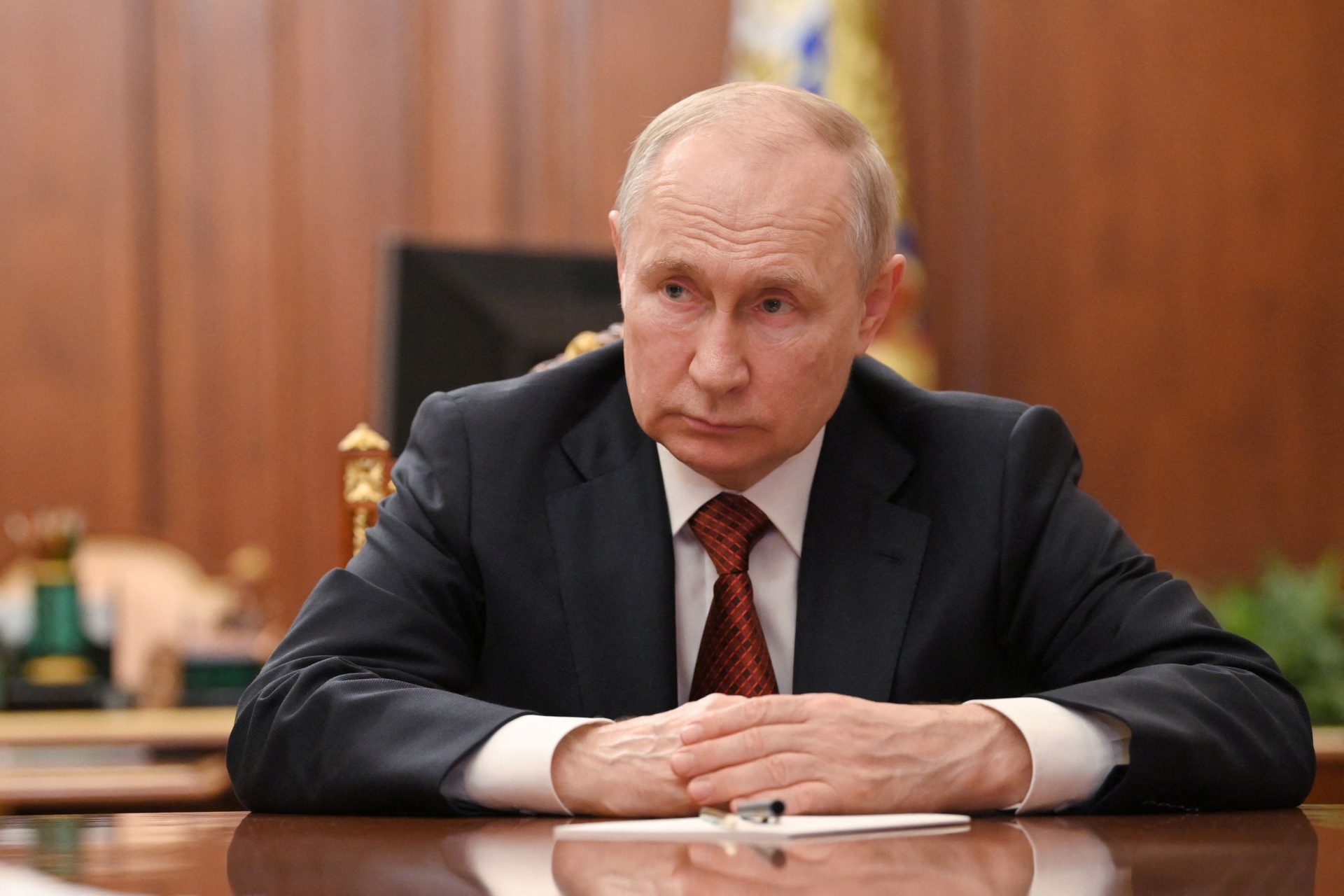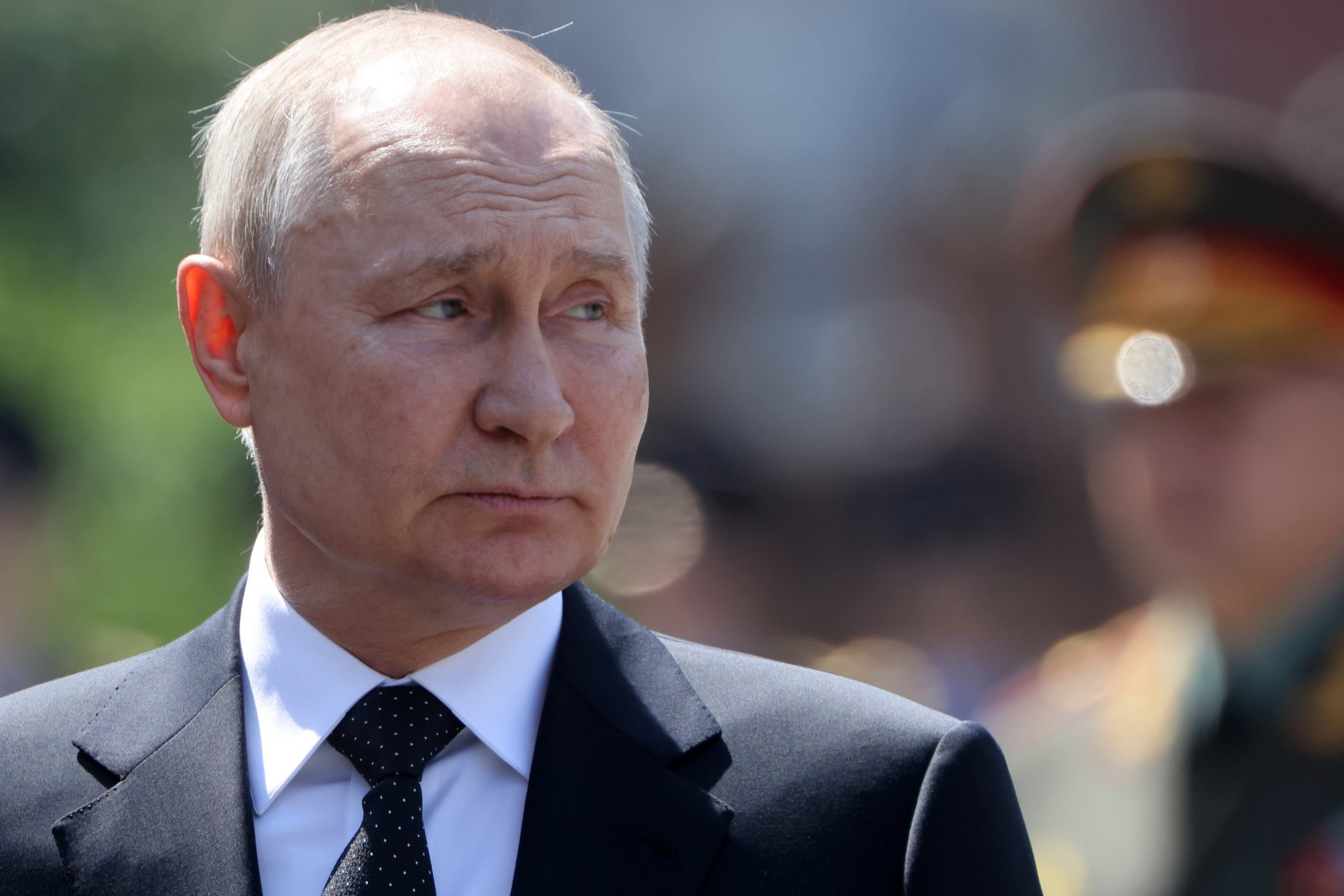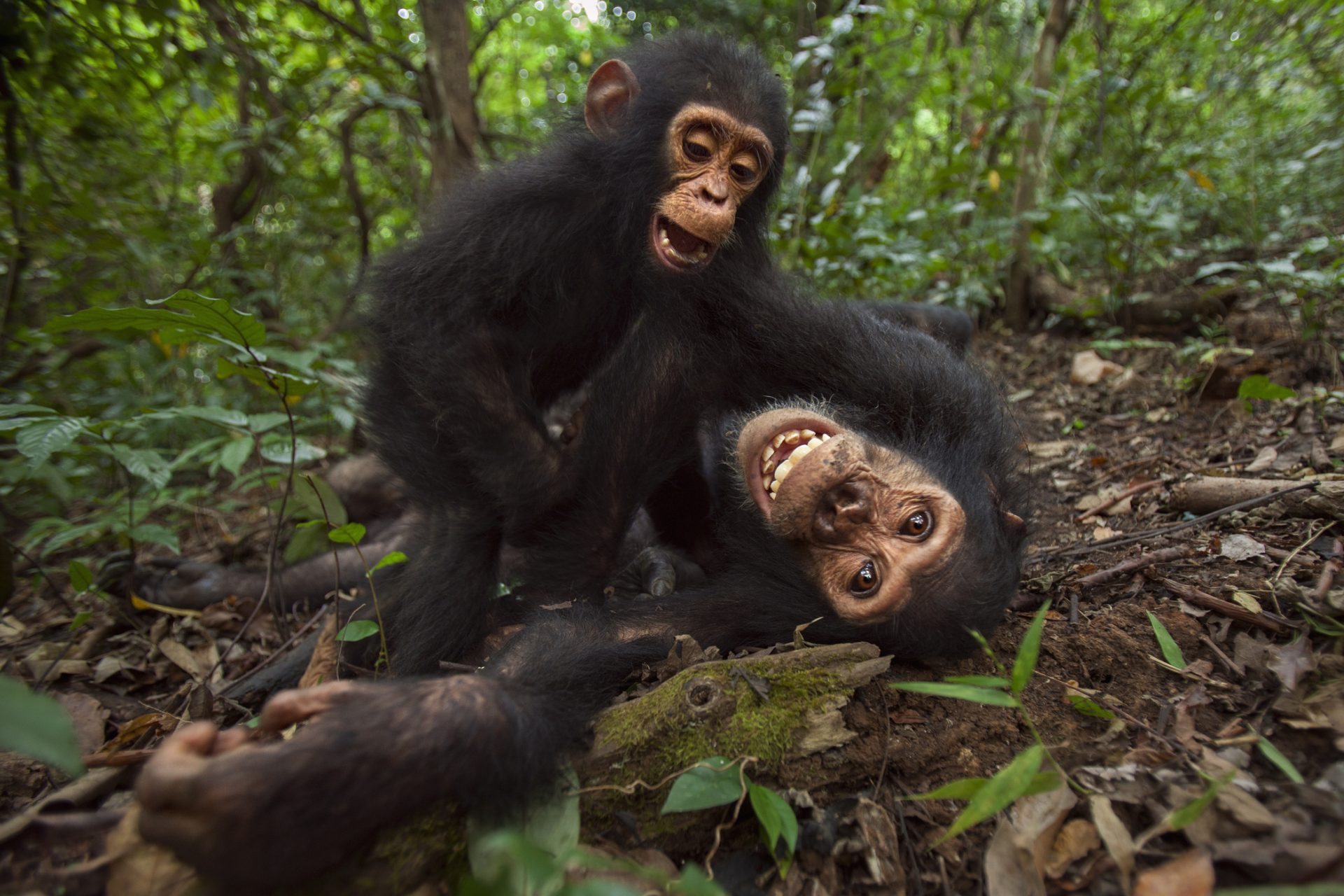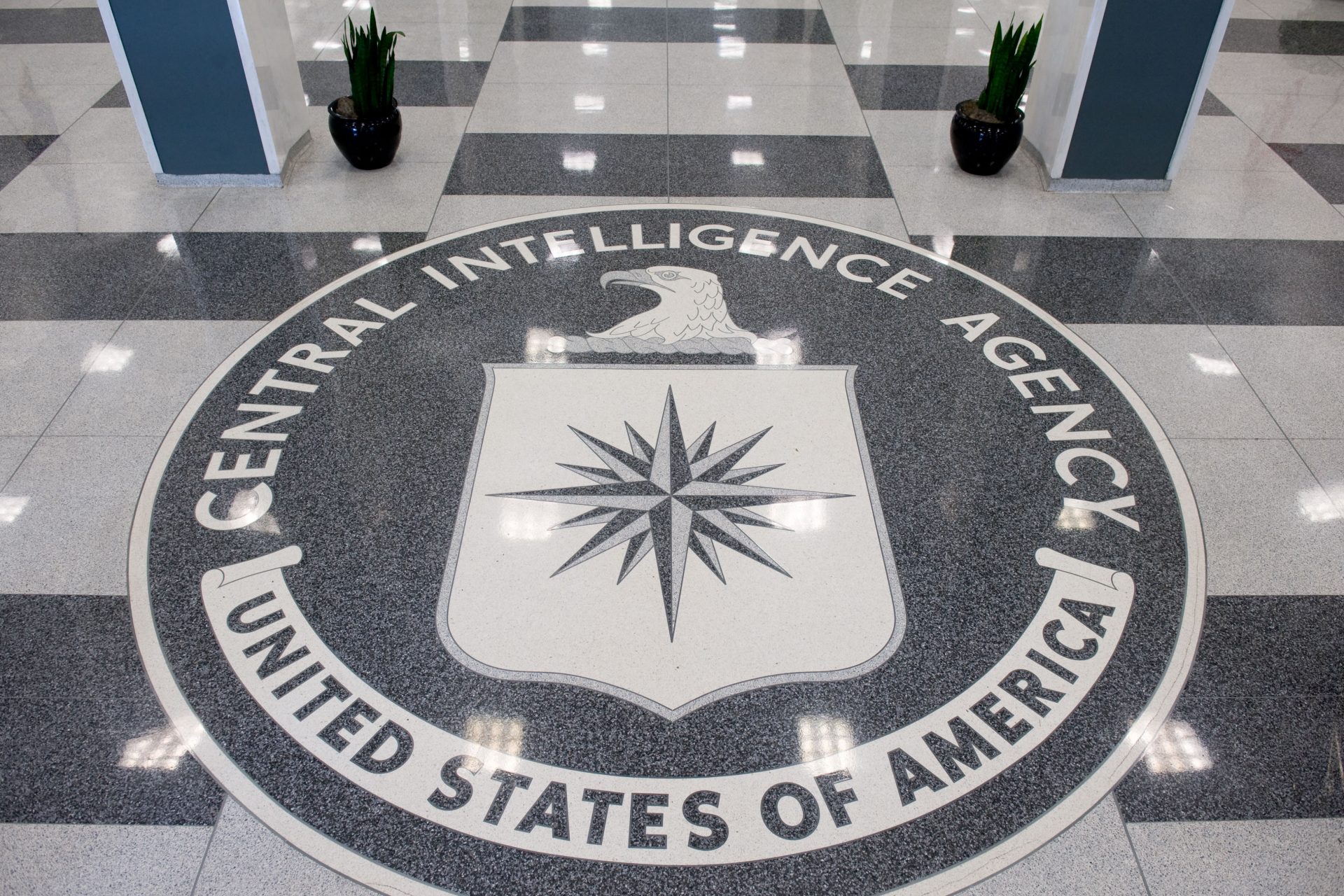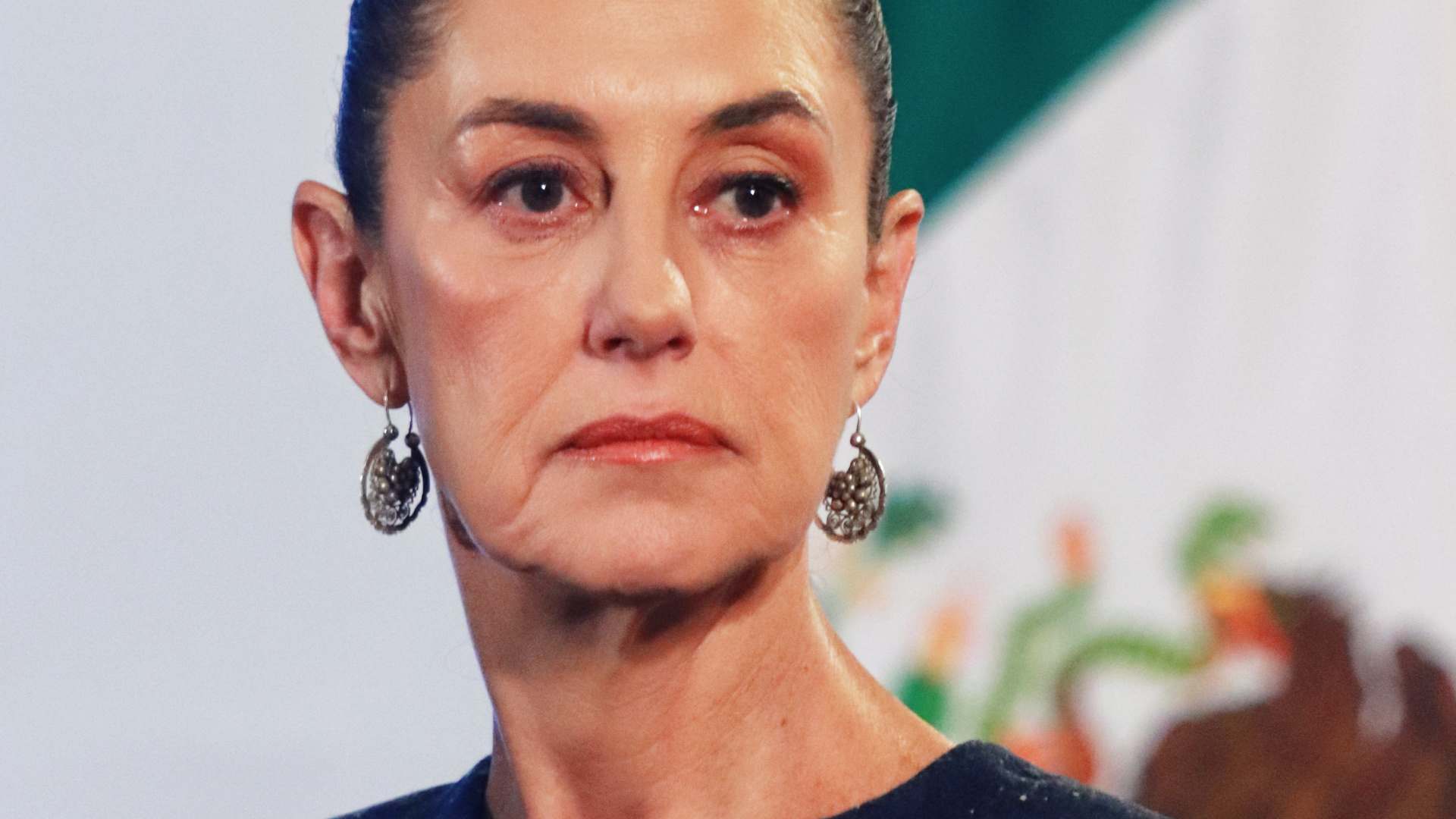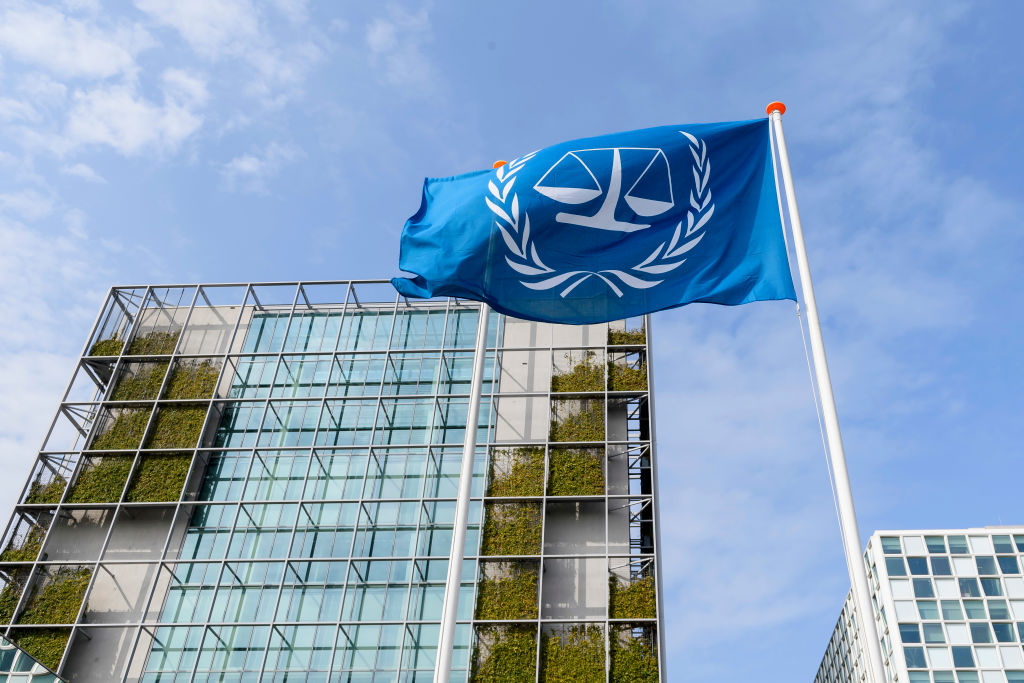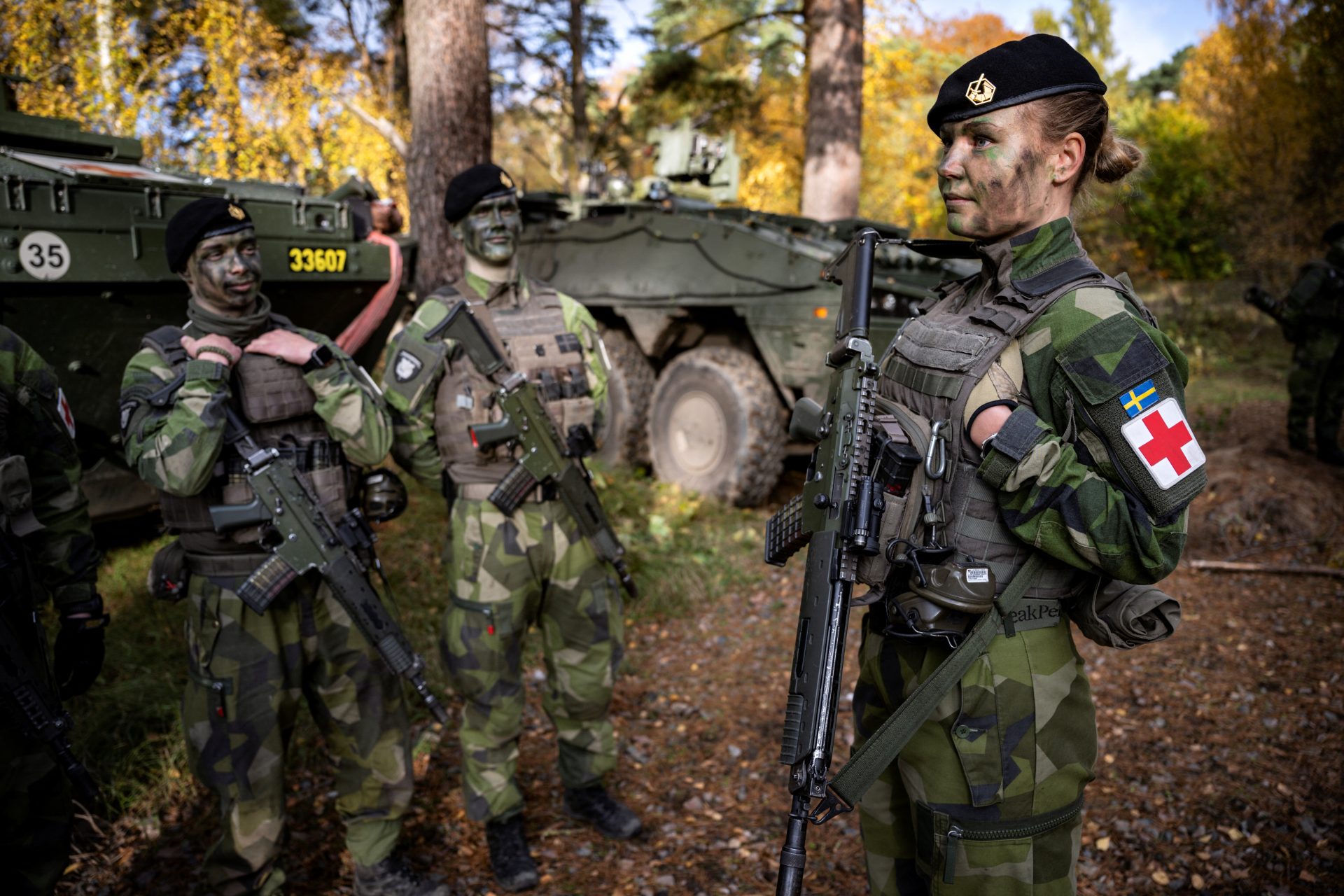In 2023, Russia tried (and failed) to go to the moon
It's no secret that Vladimir Putin is an admirer of Russian and Soviet past glories. However, a few of his attempts to restore the greatness of yore have crashed, sometimes in a literal way.
Luna-25, Russia's first lunar mission in decades, ended abruptly back in August as its spacecraft crashed onto the surface of the moon 10 days after its launch.
CNN informed that Roscosmos lost communication with the spacecraft before it took an unplanned orbit and crashed.
The reason behind the crash has yet to be determined, but astronomer Derrick Pitts explained to Al Jazeera that the most likely scenario was there was a problem with the landing maneuver.
“Either the rocket fired too long, too little, or fired in the wrong direction. The result was a crash into the surface”, the astronomer told Al Jazeera.
What is true is that this has been a major blow for Russia to reassert itself to the West.
Particularly given the success of India's Chandrayaan-3 in 2023, a newcomer into space exploration.
Russia launched the spacecraft to the moon on August 10, its first lunar mission since 1976.
The New York Times explains that the moderate-sized robot lander, named Luna-25, planned to reach the moon’s southern pole.
So far, lunar missions have focused on the moon’s equator. However, the presence of iced water in the Southern Hemisphere has attracted the attention of scientists.
Luna-25’s mission, according to the Russian space agency Roscosmos, was to take and analyze soil samples and conduct scientific research.
The launch of Luna-25 was planned for years. The New York Times points out that this was seen as an opportunity for President Vladimir Putin to reaffirm Russia’s status as a superpower, both on Earth and in space.
Al Jazeera highlights that the international sanctions on Russia due to the war in Ukraine has affected its access to Western assistance and technology.
This has brought a few setbacks. For example, Luna-25 was originally meant to launch a moon rover, but the idea was scrapped for something lighter and more maneuverable.
Roscosmos launched Luna-25 without the collaboration of either NASA or the European Space Agency, which signals its recent isolation from Western powers in many fields, including science and technology.
More for you
Top Stories



